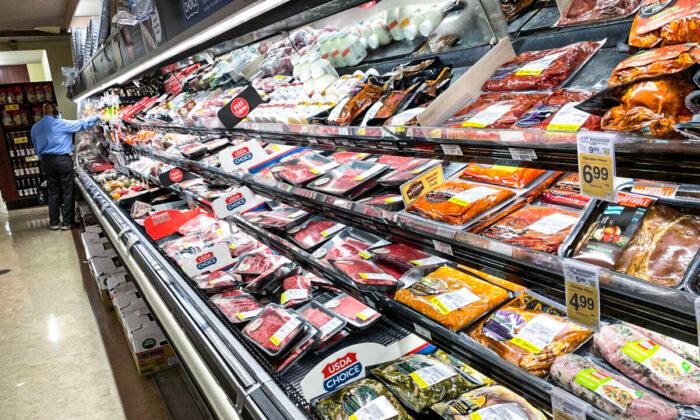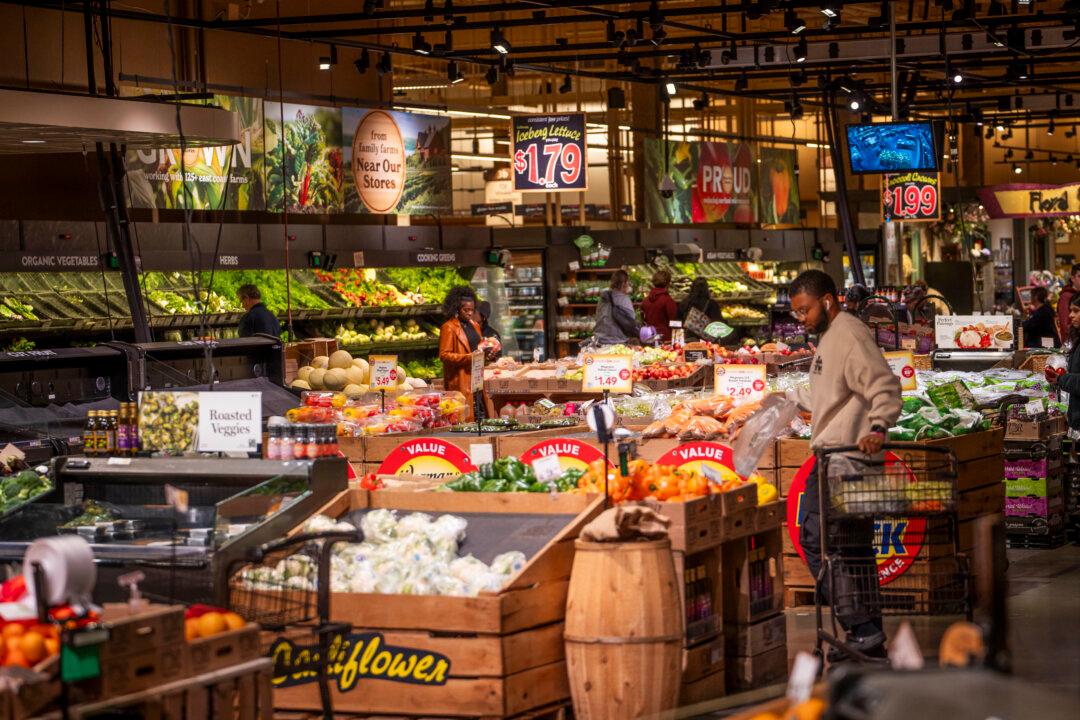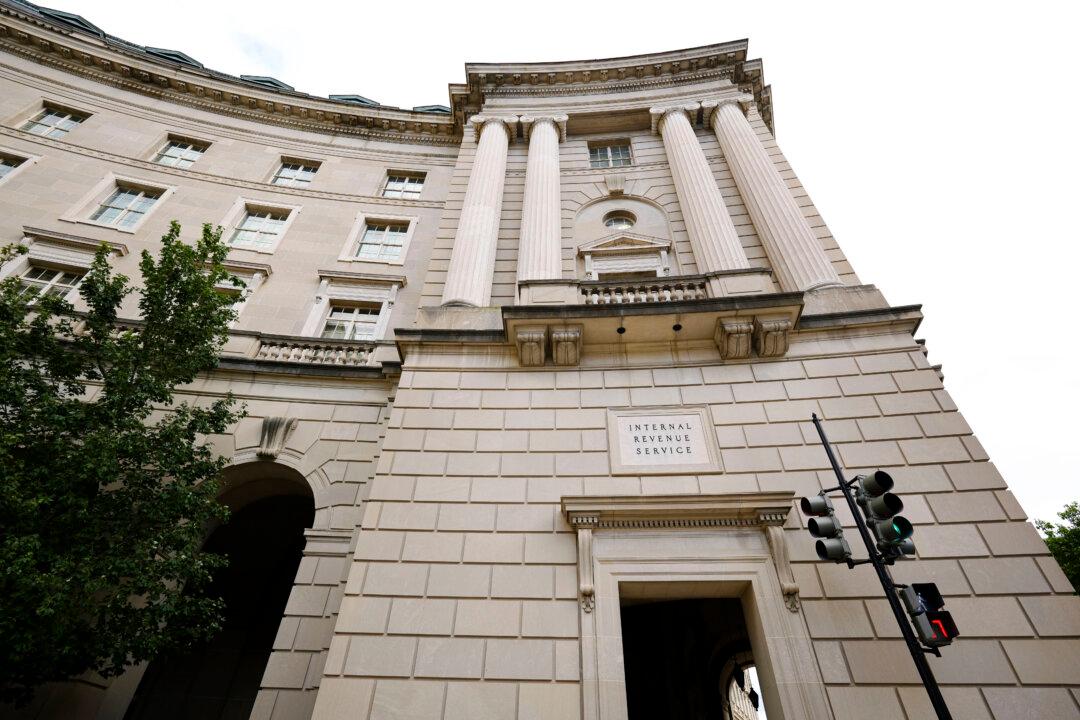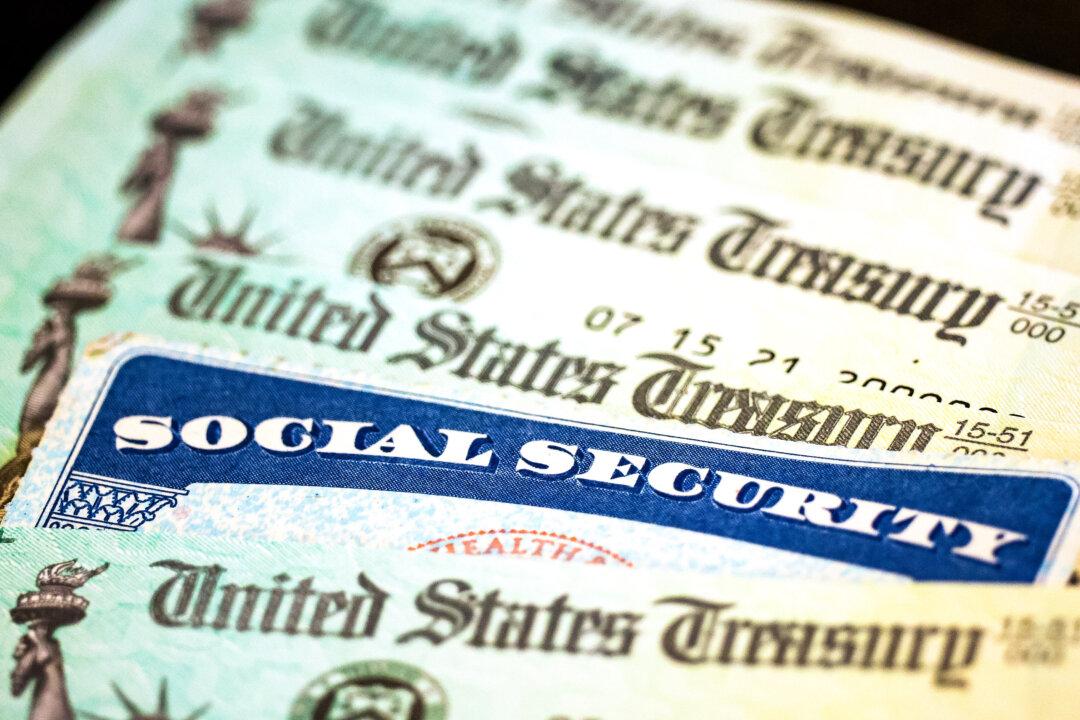Food inflation in the United States has jumped to its highest level in over four decades, putting more stress on American consumers, while agricultural output in the country took a beating following droughts.
On a monthly basis, food prices rose by 0.8 percent and energy prices fell by 5.5 percent. The PCE price index excluding food and energy rose by 0.6 percent in August.
Earlier, data from the U.S. Bureau of Labor Statistics had shown that 12-month food prices jumped by 11.4 percent in August. In January 2021 when President Joe Biden assumed power, annual food inflation was at 3.8 percent.
White bread prices in U.S. cities have risen from $1.467 per pound in August 2021 to $1.756 per pound in August 2022 on average, an increase of 19.7 percent.
During this period, ground beef prices rose by 10.5 percent from $4.468 per pound to $4.937, fresh whole chicken prices rose by 27.6 percent from $1.472 per pound to $1.879, and egg prices saw a massive 82.3 percent jump from $1.709 per dozen to $3.116.
A survey by the University of Michigan found that three in four American citizens between the ages of 50 and 80 have been affected by rising grocery prices, with one in three making do with a less nutritious diet.
Agriculture Predicament
Aggravating the crisis of rising food prices is the expected poor harvest of the U.S. agriculture sector. The country faced persistent drought conditions throughout summer, affecting the states in the Grain Belt, which have seen a major reduction in harvest due to a lack of water.On Sept. 12, the U.S. Agriculture Department lowered its national corn production estimates to 13.9 billion bushels, 8 percent lower when compared to the total harvest last year.
“Spring wheat, durum wheat, barley [in the Northeast]—those were just hammered in 2021. For some of those crops it was the lowest yields we’ve seen since the 1980s,” Rippey said.
“The biggest impacts this year have been the Central and Southern Great Plains—Nebraska southward through Texas—and the two big crops hit this year are grain sorghum [primarily used for animal feed] and cotton.”
Spring planting of wheat has been affected due to dry conditions in the production regions. Speaking to the media outlet, Katie Cahill, spokeswoman for the California Rice Commission, said that the production of California rice is around 50 percent of a normal year’s output.






Friends Read Free